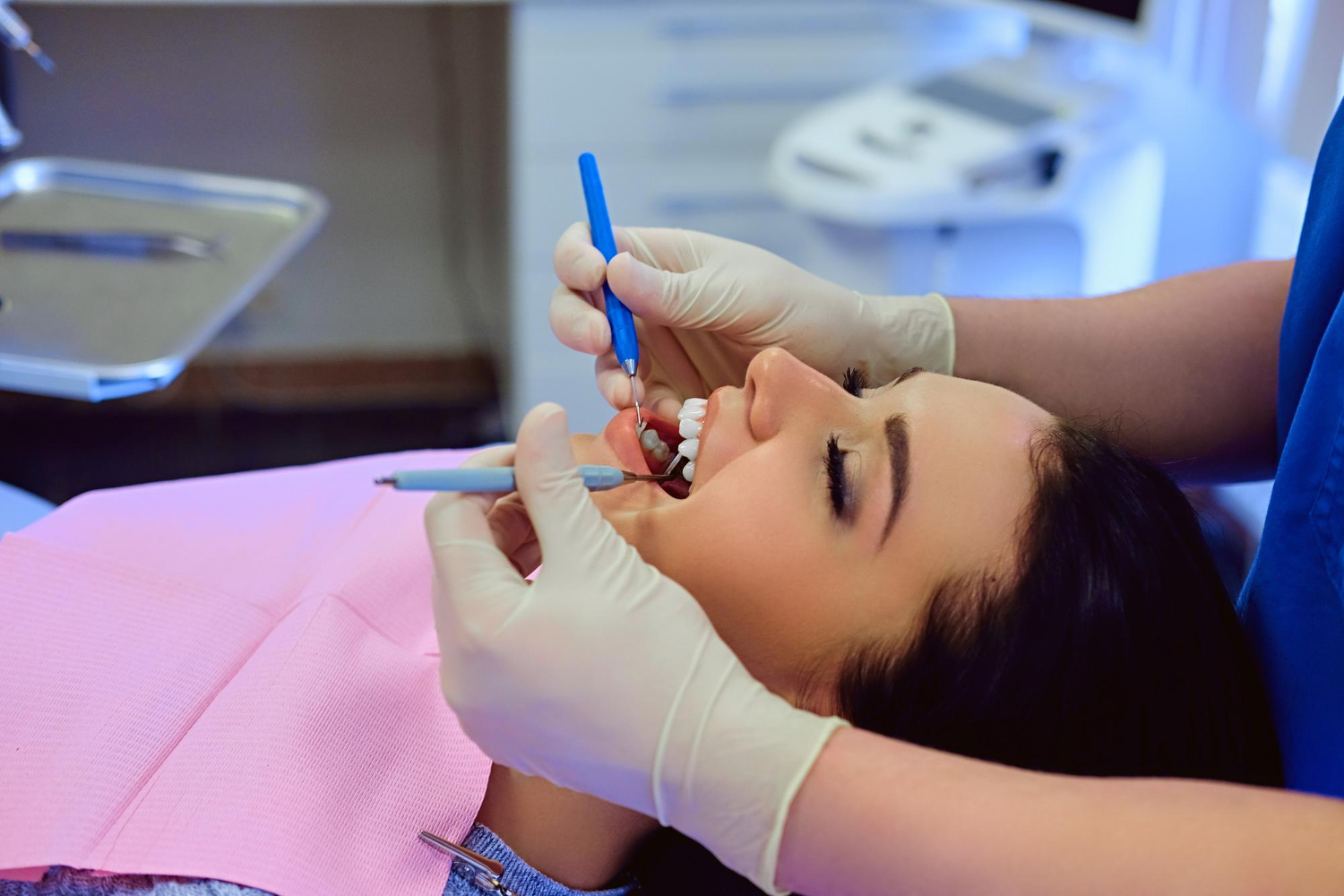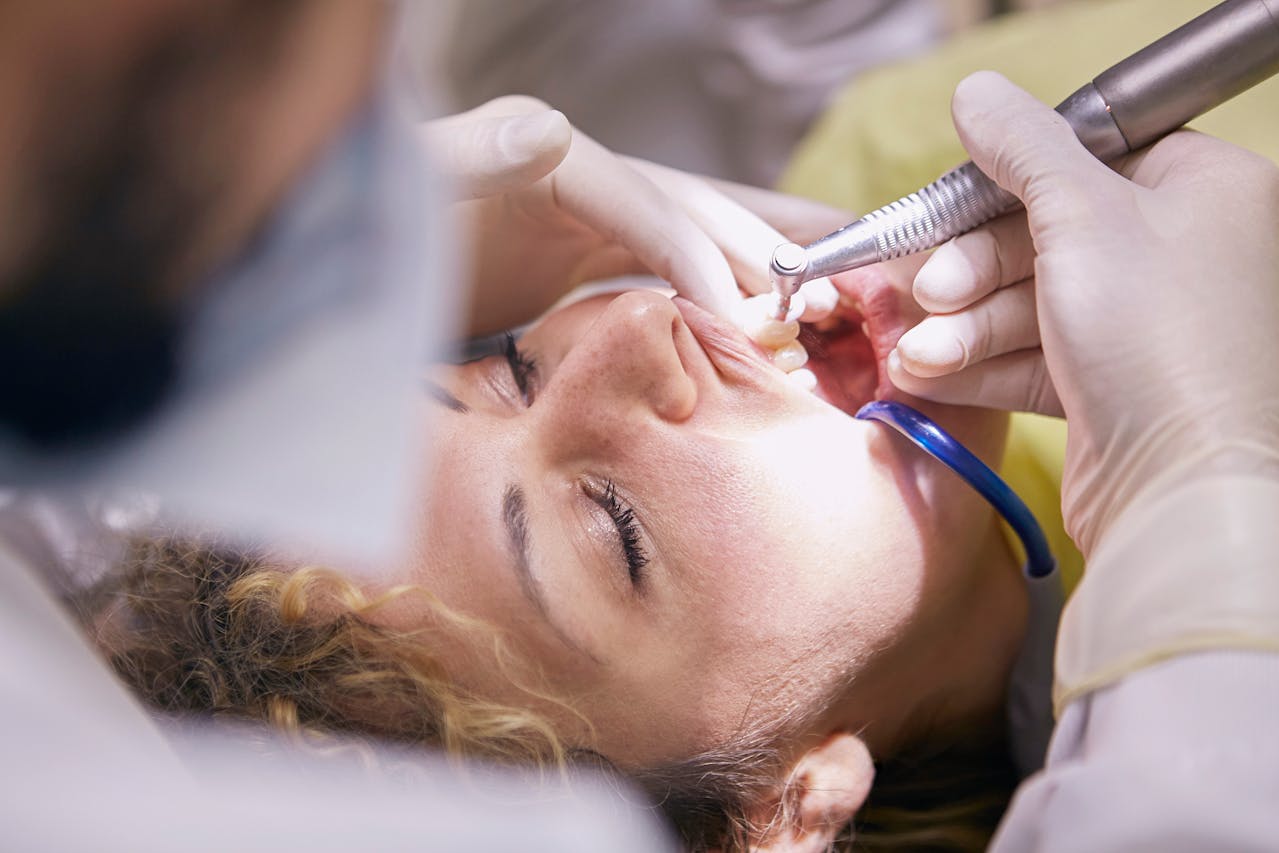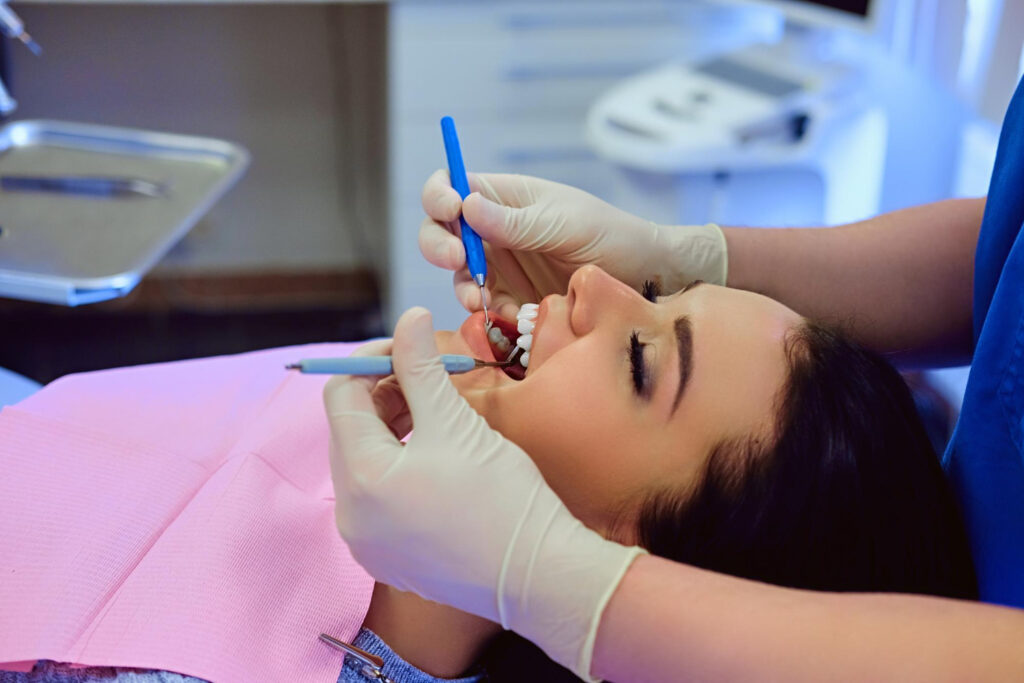Table of Contents
ToggleIf your extraction day has arrived, the next two days matter most. Good habits early on protect the blood clot, limit swelling, and keep you comfortable. Follow your clinician’s instructions first; use the timeline below as a clear, evidence-based guide.
Hours 0–2: Settle bleeding and keep still
Bite firmly on the gauze for 30–45 minutes, swapping it out if oozing continues. Sit upright with your head elevated and avoid hot drinks, alcohol, smoking, or vigorous talking, all of which can restart bleeding. A cool, moistened tea bag can help if oozing persists.
Hours 2–12: Protect the clot
The clot is your natural dressing. Skip straws and forceful spitting; both create pressure changes that can dislodge it and raise the risk of dry socket. Take small sips of cool water and swallow gently. If you need to cough or sneeze, keep your mouth open to reduce pressure.
Also Read: Dry Socket After Wisdom Tooth Extraction: Causes, Prevention & Treatment
Hours 12–24: Tame swelling and manage pain
Expect swelling to build during the first day and peak around days two to three. Apply an ice pack wrapped in a cloth to the cheek—about 20 minutes on, 20 off while awake. Use the pain-relief plan your dentist provided; paracetamol or an NSAID is commonly used unless contraindicated. Rest with two pillows.
Day 2 (24–48 hours): Clean gently and eat soft foods
Begin warm salt-water rinses after meals (½ teaspoon of salt in a glass of lukewarm water). Tip your head side to side and let the water fall out; no vigorous swishing. Brush carefully with a soft brush, avoiding the sockets. Keep food soft and cool to lukewarm—yoghurt, mashed veg, eggs, oats—while steering clear of crunchy or seedy items.
Optional: Chlorhexidine
Some clinicians suggest chlorhexidine mouthwash or an in-socket gel to reduce dry-socket risk. Evidence shows benefit when used as directed, with minor taste disturbance reported for mouthrinses. Only use it if your dentist recommends it.
Activity, smoking and alcohol
Light pottering around the house is fine; save the gym and heavy lifting for later in the week. Do not smoke or vape—nicotine and suction markedly increase the chance of dry socket. Avoid alcohol for the first day as it can worsen bleeding and irritate the wound.
What’s normal—and what’s not
Mild oozing in the first 24–48 hours, facial puffiness that peaks on day two or three, and some jaw stiffness are expected. Red flags include escalating pain with a foul taste or odour, fever, swelling that rapidly worsens, or difficulty swallowing or breathing—seek care promptly.
A simple schedule you can follow
- Morning Day 1: change gauze if needed, ice in intervals, sip water.
- Afternoon Day 1: soft, cool meals; keep your head elevated.
- Evening Day 1: gentle brushing away from the sockets if approved.
- Morning Day 2: start salt-water rinses after meals.
- Afternoon Day 2: continue soft diet; light activity only.
- Evening Day 2: last rinse after dinner; sleep slightly propped up.
Local note on costs and care
Fees vary with imaging, sedation, and case complexity. When comparing clinics, look beyond headline prices—ask what’s included and who performs the surgery. Searches for Wisdom teeth removal Sydney or Wisdom Teeth Sydney often turn up a range of service models; pick an experienced team that offers clear post-op support and reachable after-hours advice. Mentions of Wisdom teeth removal price Sydney should be read alongside details on anaesthesia, follow-up, and emergency reviews.
FAQs
1) When should I start rinsing?
Begin gentle salt-water rinses 24 hours after surgery, after meals and before bed, letting the water fall out rather than spitting. Keep this up for several days to reduce food trapping without disturbing the clot.
2) How long does swelling last?
Swelling usually rises during the first 48 hours, sometimes to day three, then recedes. Ice for the first day, switch to warmth only if your clinician advises from day three onwards, and sleep with your head slightly elevated.
3) Can I use chlorhexidine?
Yes, if your dentist recommends it. Evidence shows chlorhexidine rinse or gel can cut the risk of dry socket when used as directed. Do not start without advice, and stop if irritation occurs.
4) What about costs in Sydney?
Ask for a written itemisation covering surgeon fees, imaging, and anaesthesia. Marketing lines like Cheap wisdom teeth removal Sydney or affordable wisdom teeth removal Sydney should be weighed against qualifications and emergency access. Include “Wisdom teeth removal cost Sydney” in your quote request.
5) Do quotes include everything?
Not always. Clarify review visits, suture removal, and radiographs. If you’re comparing the cost of wisdom teeth removal Sydney, ensure the level of sedation and any pathology tests are listed so you’re not surprised later.





